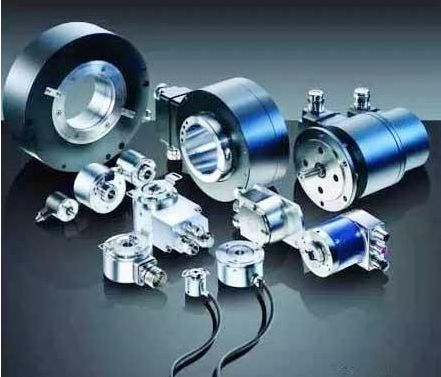Smart sensor functionality and future applications
The idea of smart sensors was first introduced by NASA during the development of spacecraft in 1979. These systems required a large number of sensors to continuously transmit data such as temperature, position, speed, and attitude to ground-based or onboard processors. Even with powerful computers, handling such massive data in real time was extremely challenging. Additionally, spacecraft had strict limitations on the size and weight of computing equipment, which led to the concept of intelligent sensors designed for distributed processing. The main goal was to equip sensors with basic processing capabilities, reducing the load on the central processor. To optimize efficiency, multiple sensor systems often shared a single processor, which also included a network interface for communication.
Definition and Functions of Smart Sensors
Although there is no universally accepted definition of smart sensors, many researchers agree that they should mimic both human senses and cognitive abilities. In essence, a smart sensor is a device that uses a microprocessor to perform intelligent functions based on artificial intelligence principles. Unlike traditional sensors, which only detect and convert physical signals, smart sensors can process, analyze, and even make decisions based on the data they collect.
Smart sensors are not only capable of detecting visual, tactile, auditory, olfactory, and gustatory stimuli but also possess “brain-like†features such as memory, learning, reasoning, and decision-making. Traditional sensors typically consist of a sensitive element, a conditioning circuit, and an analog-to-digital converter (ADC). The sensitive component converts physical parameters into electrical signals, which are then processed and normalized for ADC conversion. The intelligent processor takes over from here, performing advanced signal processing tasks.

1) Self-Compensation Function
Using pre-defined knowledge about the sensor and environmental conditions, the processor automatically compensates for distortions caused by nonlinearity, drift, or external factors. This helps restore the original signal more accurately. The compensation is done through software, effectively addressing hardware limitations without requiring physical modifications.
2) Self-Calculation and Processing
Based on mathematical models, the processor can calculate indirect measurements and derive statistical properties of the measured object. It can also recalibrate the sensor using known data, improving accuracy over time.
3) Self-Learning and Adaptation
By analyzing past data, the processor can recognize new patterns and adjust its behavior accordingly. It can adapt its settings, such as range selection, channel switching, and automatic filtering, to better suit changing conditions.
4) Self-Diagnosis
Smart sensors can detect internal and external faults, such as sensor drift or malfunction, using built-in algorithms. This allows for early detection and correction of issues, ensuring reliable performance.
Other key functions include communication interfaces, digital and analog outputs, and power-off protection with backup power.
Applications and Future Directions
Smart sensors have found widespread use in aerospace, defense, industrial automation, agriculture, and medical fields. For example, in robotics, they enable machines to perceive their environment and perform complex tasks. In manufacturing, they help monitor product quality in real time, allowing for faster and more accurate control of production processes.
In healthcare, smart sensors have revolutionized patient monitoring. A notable example is the glucose watch developed by Cygnus Inc., which measures blood sugar levels non-invasively. By applying a reagent-coated patch to the skin, it detects glucose molecules and calculates blood sugar levels without the need for finger pricks, making the process painless and convenient.
Al2O3 Ceramic Ring, High Purity Ceramic Ring, 99% Aluminum Ceramic Ring
Yixing Guangming Special Ceramics Co.,Ltd , https://www.yxgmtc.com